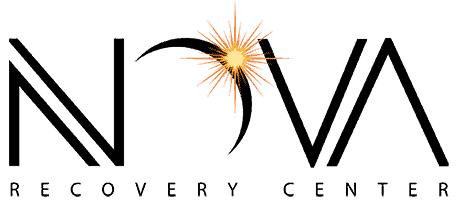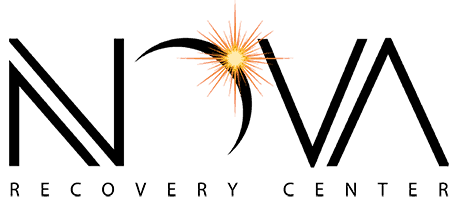Cocaine Addiction Treatment Programs and Recovery Options
GET HELP TODAY!
100% Confidentiality Guaranteed
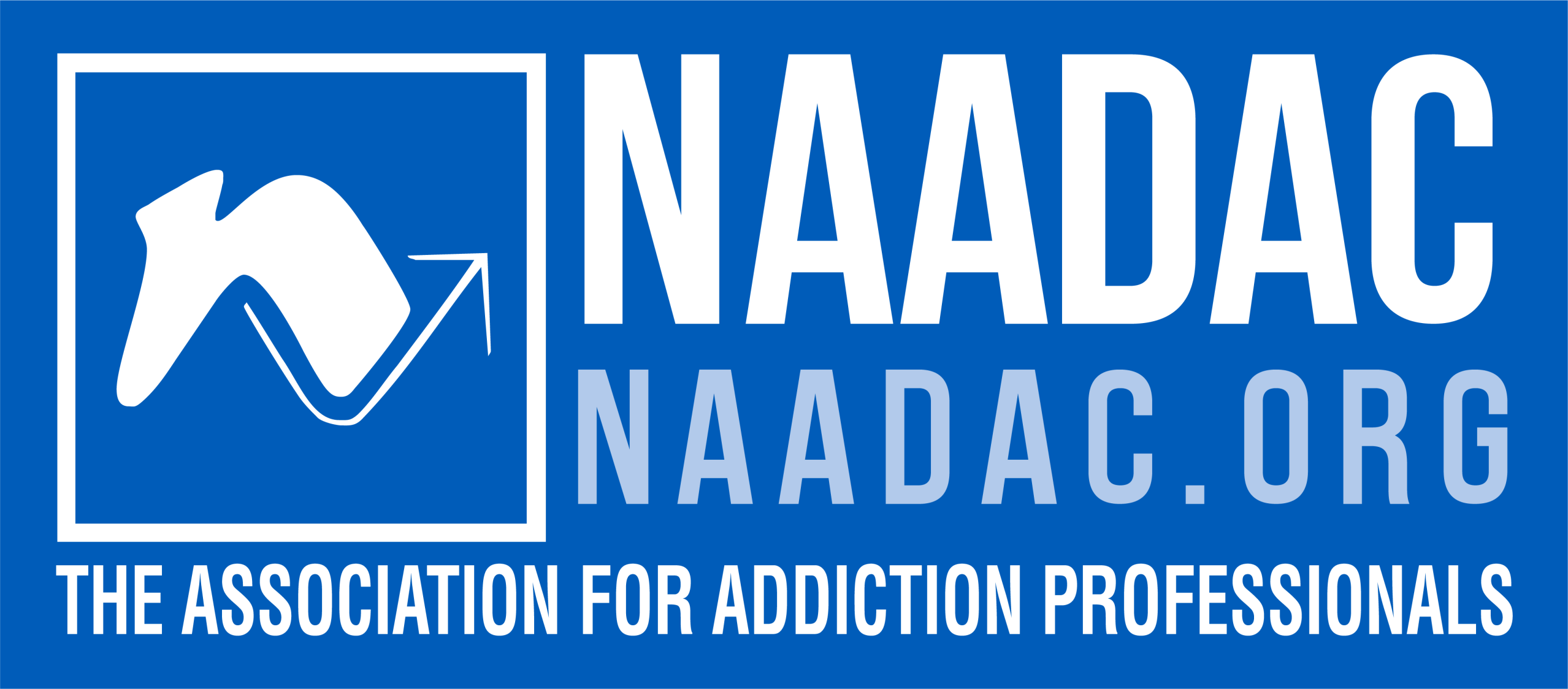
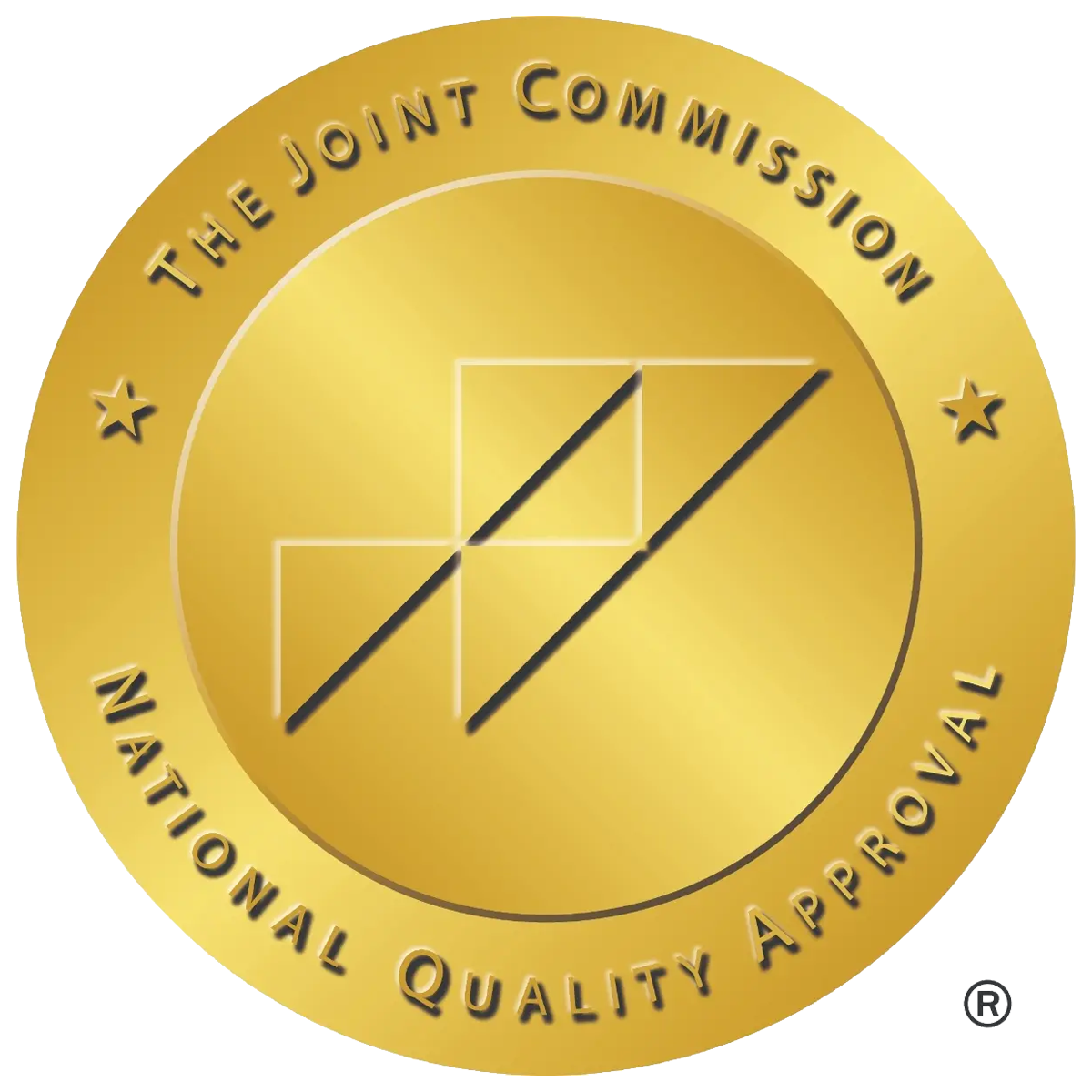
What Is Cocaine?
Cocaine is a strong stimulant from the coca plant. It is mostly used illegally and can cause quick bursts of energy and alertness. It affects the brain by increasing dopamine levels, which creates a sense of euphoria. However, these effects are short-lived and dangerous.
People use cocaine by snorting it, rubbing it on their gums, or injecting it. Crack cocaine, a solid form, is smoked. It causes a fast, intense high but wears off quickly, leading to repeated use. Injecting or smoking cocaine can increase the risk of overdose and severe health complications.
Cocaine goes by many names, including coke, blow, crack, and snow. No matter the form, cocaine is risky and harmful. Its use can spiral out of control quickly, leading to long-term damage to physical and mental health.
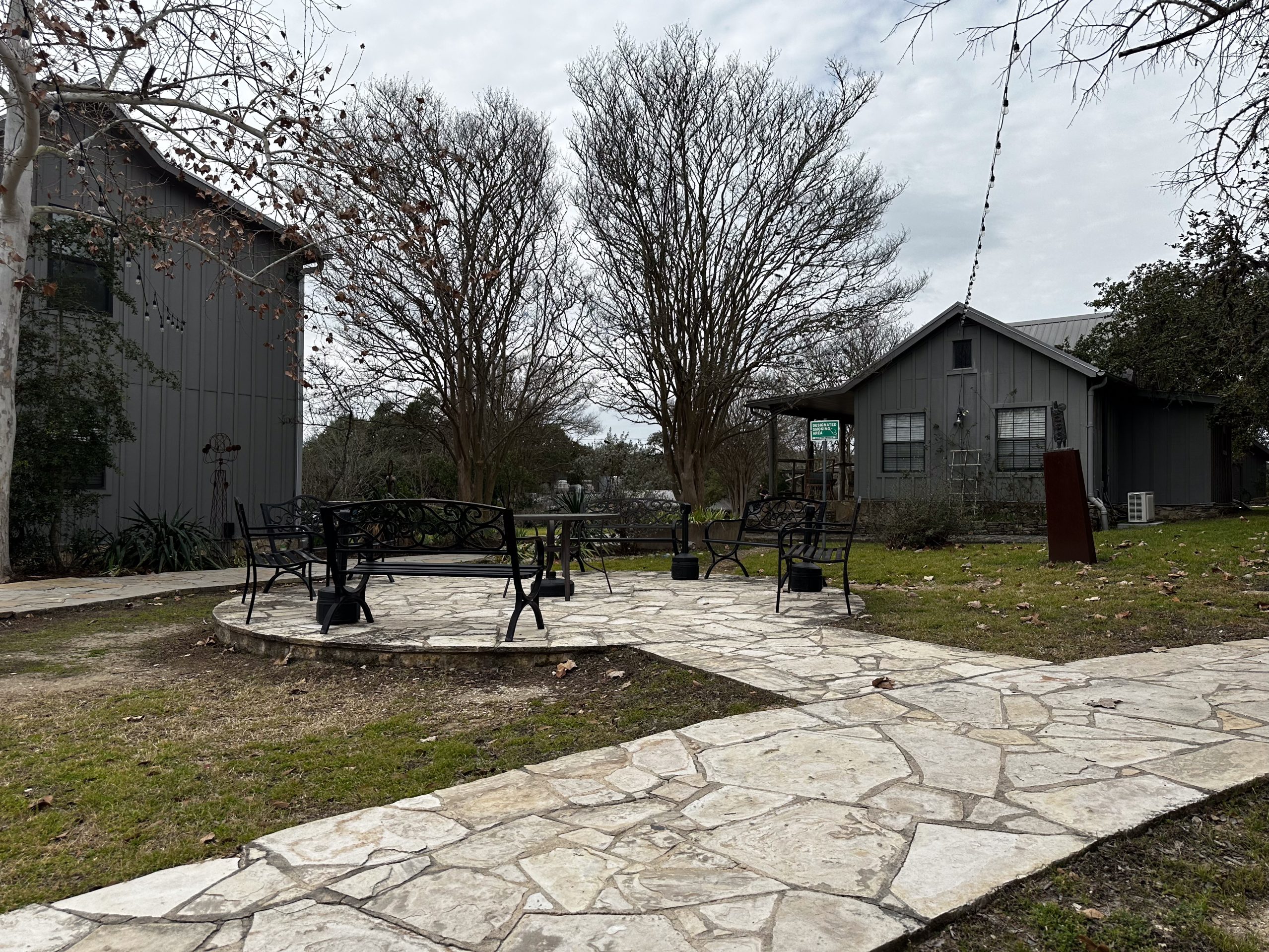

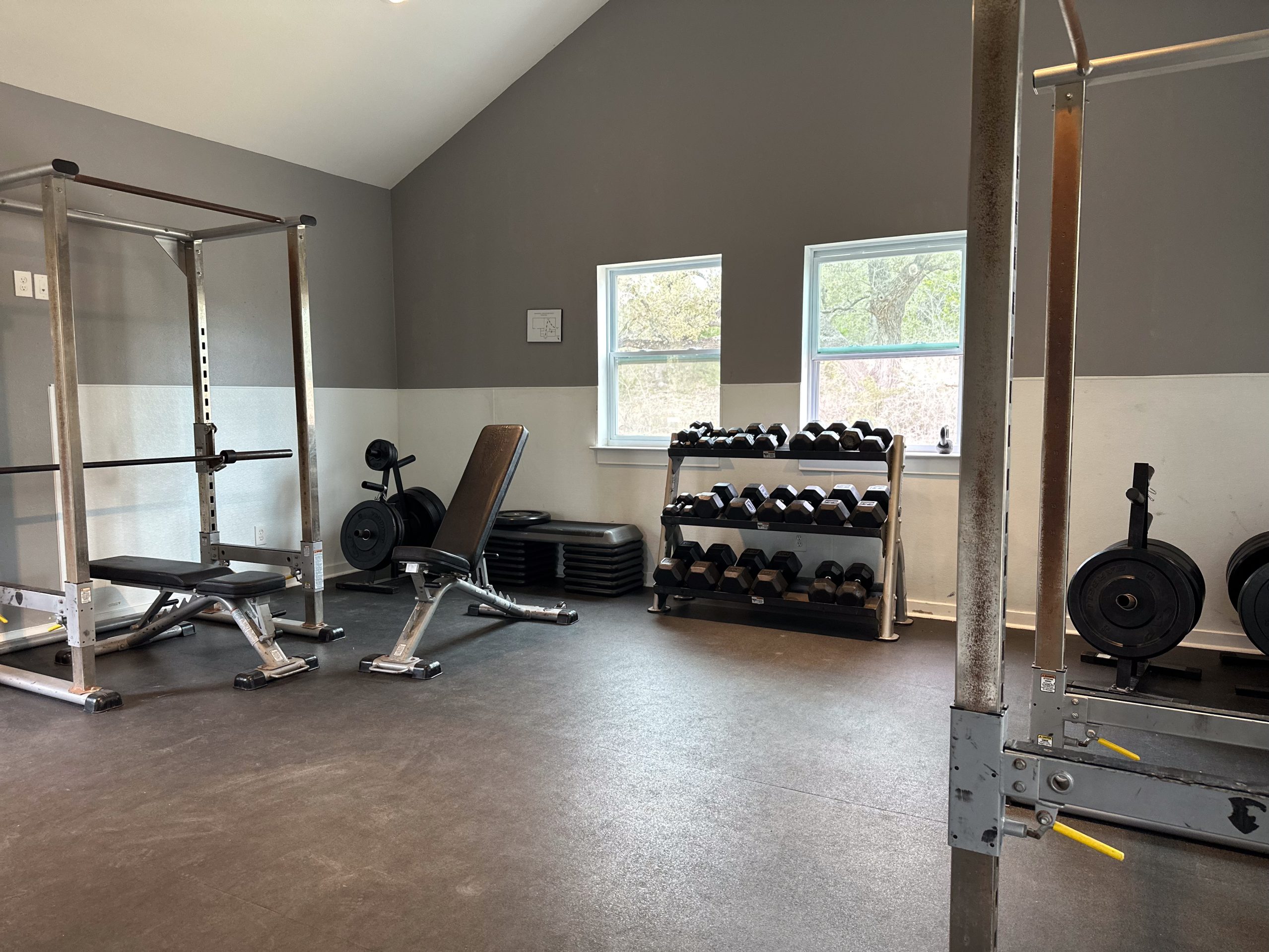



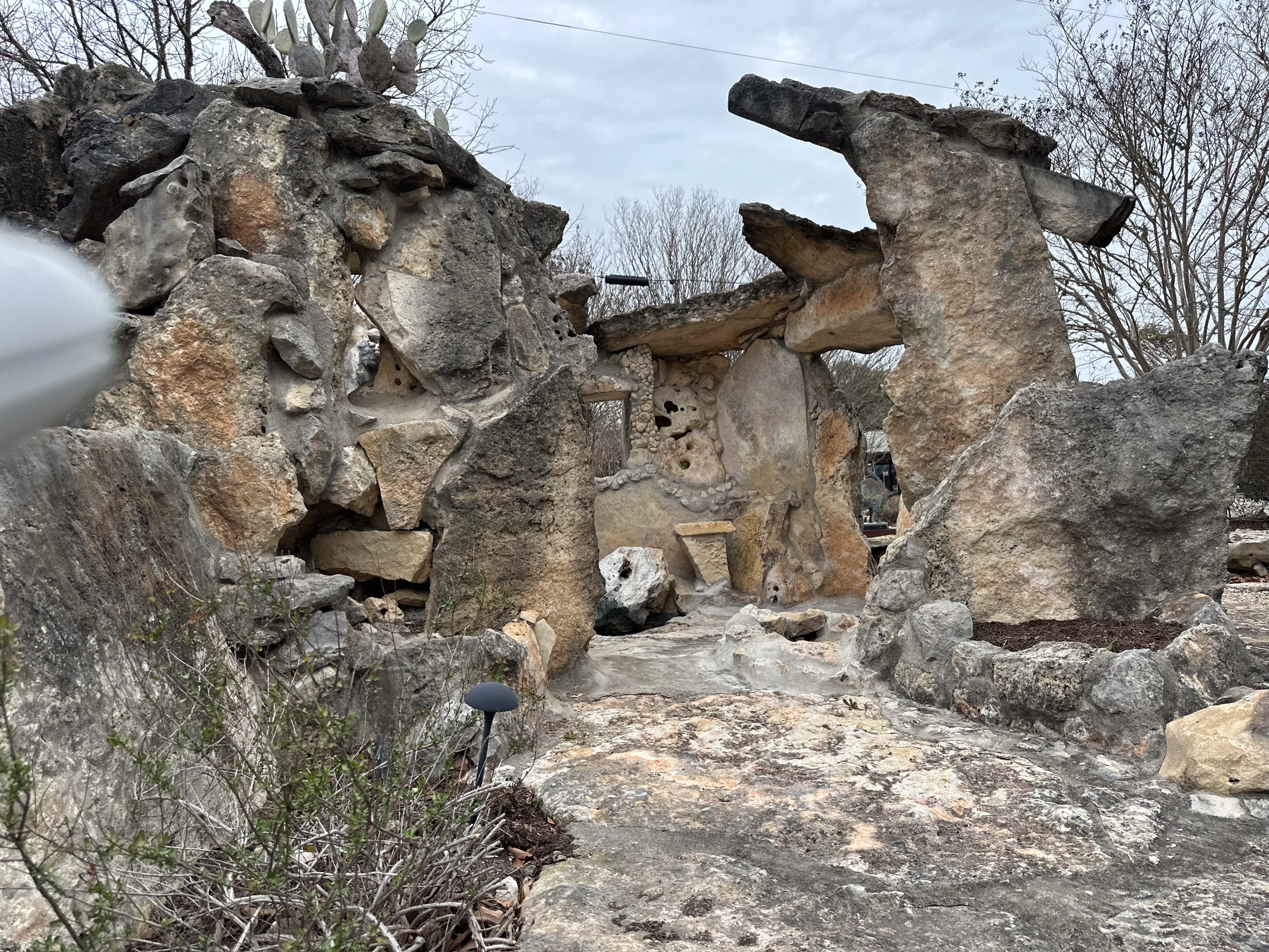
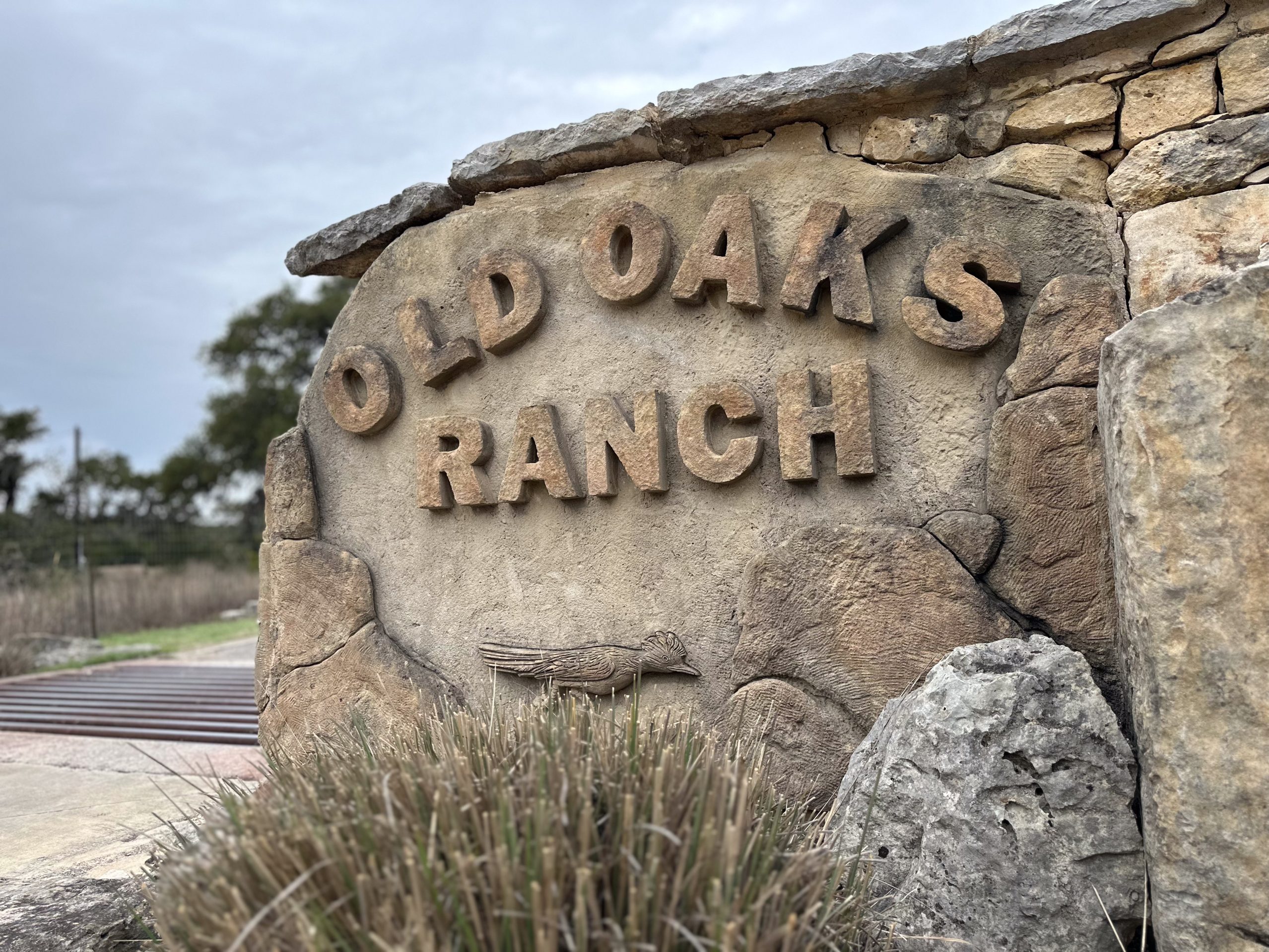
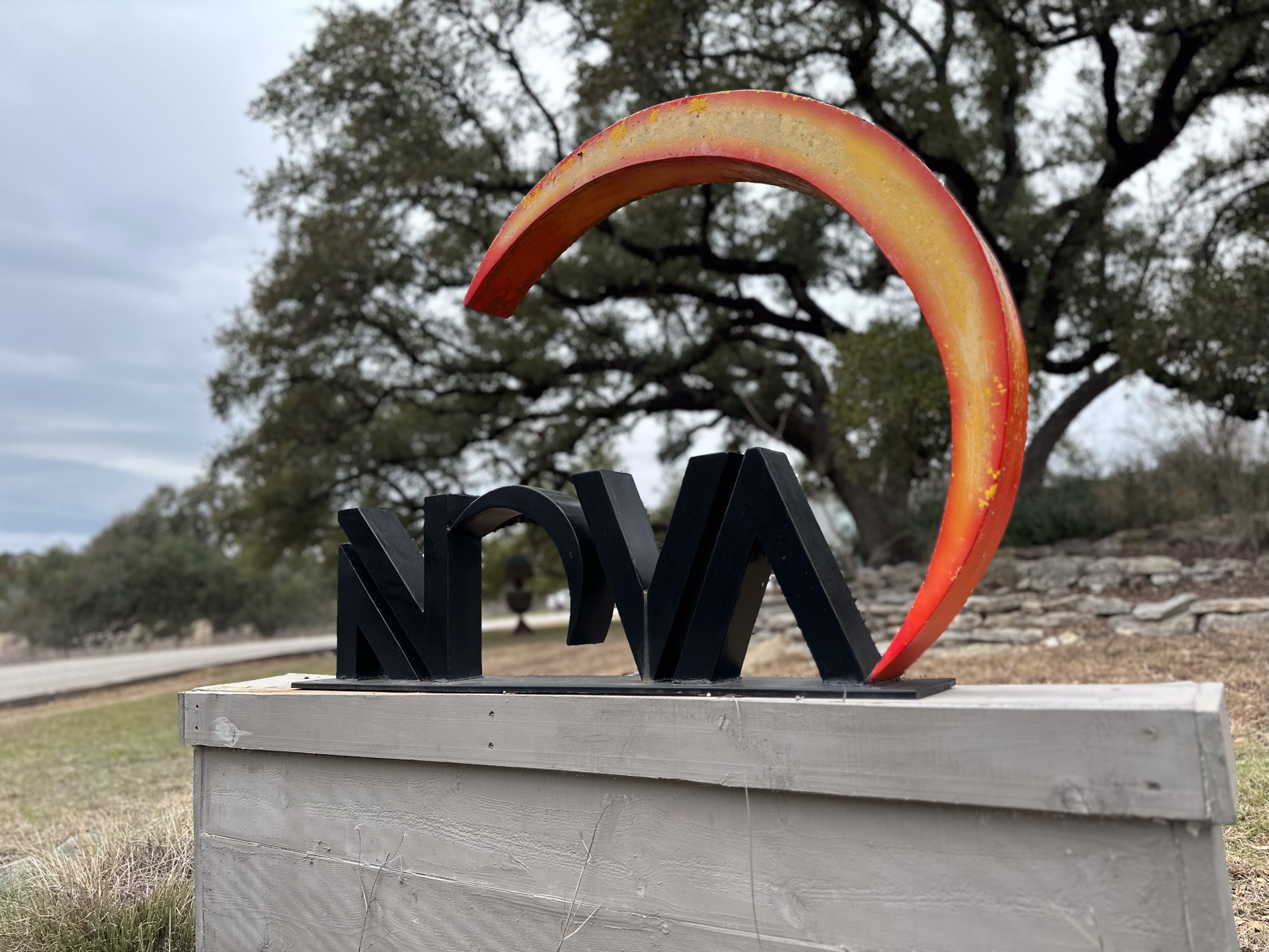

How Common Is Cocaine Abuse?
Even with public health warnings, cocaine is still widely used. The National Institute on Drug Abuse reports millions of people have used it. Cocaine use disorder can develop quickly, especially with binge use. Many people underestimate its addictive potential, assuming casual use is safe.
Some people mix cocaine with alcohol. This creates a chemical that increases the risk of sudden death. Cocaine is also often combined with other illegal drugs, making it even more dangerous. Mixing substances multiplies the effects and health risks.
The effects including increased heart rate and mental alertness may seem appealing, but the consequences of cocaine abuse far outweigh the short-lived high.
Learn More About What Are the Most Common Addictions in Texas
Side Effects of Cocaine Addiction
Cocaine affects both the body and the mind. Short-term physical effects include:
- Enlarged pupils
- High body temperature and blood pressure
- Fast heart rate
- Restlessness
- Nausea and lack of appetite
Long-term physical effects of cocaine include:
- Seizures and strokes
- Breathing problems
- Stomach issues
- Nose damage from snorting
- Infections from shared needles
Cocaine also affects mental health. People may become anxious, paranoid, or depressed. Some develop suicidal thoughts. These are all serious signs of drug addiction.
The side effects of cocaine addiction can cause major life disruptions. The drug impacts work, relationships, and overall quality of life. Some users begin to isolate themselves from family and friends as their drug use worsens.
Discover More About Prescription Stimulant
Everything You Need to Know...
What Is Cocaine Nose?
Cocaine nose happens from snorting the drug over time. It reduces blood flow to the nose tissue. This can lead to tissue damage, infection, and even the collapse of the nose. Symptoms also include loss of smell, frequent nosebleeds, and difficulty breathing through the nose.
Left untreated, these symptoms can turn into permanent damage. Repeated trauma to nasal passages can also open pathways for bacteria, increasing the risk of life-threatening infections.
Who Is at Risk for Cocaine Addiction?
Several things increase the chances of becoming addicted to cocaine:
- Genetics: A family history of addiction can increase the risk.
- Early use: Trying cocaine at a young age raises the risk.
- Mental health: People with anxiety or depression are more at risk.
- Environment: Poverty, peer pressure, or trauma can lead to drug use.
These risk factors all play a role in cocaine abuse and addiction. Even if someone does not show signs right away, these influences can lead to substance use over time.
People with a history of trauma, chronic stress, or untreated mental disorder are especially vulnerable. Early prevention strategies and education are critical to reducing risk.
Recognizing Cocaine Addiction
Signs that someone is addicted to cocaine may include:
- Skipping work or school
- Strong cravings
- Trouble stopping use
- Risky behavior
- Feeling sick without the drug
Addiction also affects family members. It causes stress, financial trouble, and emotional pain. That’s why cocaine addiction is often called a family disease. Loved ones may take on unhealthy roles, such as enabling or denying the problem.
Recognizing these signs early can lead to quicker intervention. Seeking help before the addiction worsens can protect both the individual and their family.
Cocaine Withdrawal Symptoms and Detox
Cocaine withdrawal is not usually deadly, but it can be hard. Symptoms may include:
- Anxiety and sadness
- Tiredness
- Vivid dreams or nightmares
- Cravings
- Muscle pain and chills
Medical detox helps ease these symptoms. It offers safety and support from professionals. A structured setting with health care helps reduce the chance of relapse. Detox programs often include monitoring and medications to keep clients comfortable.
Trying to detox at home may seem easier, but it comes with greater risk. Professional programs can also address emotional withdrawal symptoms, which are common and difficult to manage alone.
Timeline of Withdrawal
- First few hours: Tiredness and anxiety begin.
- Days 1–7: Mood swings and sleep problems appear.
- Weeks 2–4: Emotional symptoms continue.
- Weeks 5–10: Cravings fade, but anxiety may remain.
This timeline can vary depending on how long and how often someone used cocaine. Each person’s experience is different.
More Time. More Joy. More You. Start Now.
WE ACCEPT MOST INSURANCES







Comprehensive Treatment for Cocaine Addiction
Treatment for cocaine addiction includes many parts. It’s not just about quitting the drug. A full recovery plan looks at mental and physical health. Both short-term care and long-term support are essential.
Types of Therapy
- Cognitive behavioral therapy: Teaches people to change negative thinking.
- Group therapy: Offers support from others who understand.
- Family therapy: Helps repair family relationships.
- Support groups: 12-step programs provide guidance.
These therapy options provide emotional tools, coping skills, and a sense of community. Peer support is key to long-term recovery. Types of therapy may vary based on the facility or program.
Though there are no approved medications just for cocaine addiction, some medicines may help with cravings or depression. Research is ongoing to develop more effective treatment options.
Types of Treatment Programs
Treatment options for cocaine addiction include:
- Inpatient rehab
- Outpatient programs
- Intensive outpatient programs (IOPs)
- Sober living homes
- Aftercare
Inpatient programs offer round-the-clock care, which is helpful for severe cases. Outpatient options work better for those with mild addiction and strong support at home. Sober living provides a structured home during the transition back to daily life.
Each treatment option can be paired with counseling and support group meetings. Having more than one level of care is often more effective.
Developing a Treatment Plan
A treatment plan is like a map for recovery. It helps people stay on track. It often includes therapy, education, and support. Therapists adjust the plan as the person makes progress.
Effective treatment plans are built around the individual’s needs. This includes any co-occurring conditions like depression, anxiety, or trauma. A personalized plan improves success rates and supports long-term healing.
Freedom Starts Here. Take Back Your Life Today.
Same-Day Admissions in Austin Available.
Long-Term Rehab Benefits
The Institute on Drug Abuse says longer rehab programs work better. A 90-day stay helps people learn coping skills and avoid relapse. It also gives them time to heal.
Longer programs allow clients to fully engage in therapy. They can work on behavior changes, practice relapse prevention, and build confidence. Support networks built during long-term rehab can last well beyond treatment.
Cost and Accessibility
Health insurance may cover part of the cost. Some treatment centers offer payment plans or use Employee Assistance Programs. Health care should never be a barrier to getting help.
The cost of treatment varies by program type, location, and services offered. Many programs work with clients to find a payment solution. Don’t let cost keep you or a loved one from seeking care.
Support After Rehab
Getting sober is just the beginning. Staying sober takes ongoing support. Aftercare includes:
- Weekly check-ins
- Therapy sessions
- Group meetings
- Alumni events
Aftercare is a key part of the recovery process. It bridges the gap between rehab and everyday life. Continued connection helps prevent relapse and encourages accountability.
Sober living homes offer a safe place during the transition back to daily life. They often include rules like drug testing and curfews to keep residents on track.
Public Health Perspective
Cocaine addiction is a public health concern. It contributes to issues like crime, poor health, and homelessness. Public health programs focus on education and access to treatment.
Cocaine use affects not just individuals but also entire communities. Public health responses aim to reduce harm, increase awareness, and provide more treatment options.
Understanding the effects of cocaine abuse can help reduce its impact. Prevention, early treatment, and community support can improve public safety and individual lives.
If you or someone you love is addicted to cocaine, help is available. With the right support, recovery is possible. Treatment for cocaine saves lives and restores families. Don’t wait—reach out today.
Frequently Asked Questions About Cocaine Addiction, Withdrawal, and Recovery
Do people recover from cocaine?
Yes, recovery from cocaine addiction is possible with professional treatment and ongoing support. Many people achieve long-term sobriety through medical detox, therapy, and relapse prevention programs.
What are 5 warning signs of addiction?
Common warning signs include:
Increased tolerance and needing more to feel the same effects
Cravings and loss of control over use
Neglecting responsibilities or relationships
Physical changes such as weight loss and fatigue
Withdrawal symptoms when not using
How long is cocaine rehab?
The length of cocaine rehab varies depending on individual needs. Programs may range from 30 days in residential treatment to several months in long-term rehab, followed by outpatient or sober living support.
What is it like living with a drug addict?
Living with someone struggling with addiction can be stressful and unpredictable. Family members often experience emotional strain, financial difficulties, and safety concerns. Support groups and counseling can provide guidance.
What are the withdrawal effects of cocaine?
Withdrawal may include fatigue, depression, anxiety, irritability, intense cravings, and disturbed sleep. Symptoms can last from a few days to several weeks depending on severity of use.
What is one of the first signs of withdrawal?
One of the earliest signs is a sudden crash in energy and mood after cocaine use stops. This is often followed by intense fatigue and strong cravings.
What is the hardest drug to quit?
While many substances are difficult to stop, cocaine ranks among the most challenging due to its powerful psychological cravings and impact on brain chemistry.
What are the symptoms of cocaine toxicity?
Cocaine toxicity can cause rapid heart rate, chest pain, seizures, confusion, and dangerously high blood pressure. It requires immediate medical attention.
What are the symptoms of a comedown?
A cocaine comedown often brings exhaustion, irritability, depression, and restlessness. Many people also experience strong cravings to use again.
What are the 5 side effects of using the drug?
Five common side effects of cocaine use include:
Increased heart rate and blood pressure
Anxiety or paranoia
Loss of appetite
Insomnia
Nosebleeds or nasal damage (when snorted)
